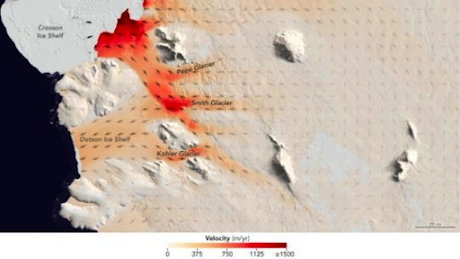The Technology Behind Virtual Reality And Augmented Reality Applications in Clean Tech

Last time we looked at the kind of applications in clean technology where using virtual reality or augmented reality systems are making a significant difference. But, how do these systems work? Most AR and VR systems can be broadly classified as follows. These systems can be divided into 1) the hardware required to get the data, process and display it 2) the software needed to develop simulations of the systems being studied and create virtual objects and 3) the server where the data are stored and processed and where machine learning algorithms can be deployed to improve outcomes. Key Hardware systems : The hardware systems can be categorized into the input systems and the display systems. Most AR and VR systems use GPS (to determine location), cameras (to obtain the live images of where the user is located and/or looking), gyroscopes and accelerometers (to determine speed and direction of the user’s movement) and other sensors that are ...


